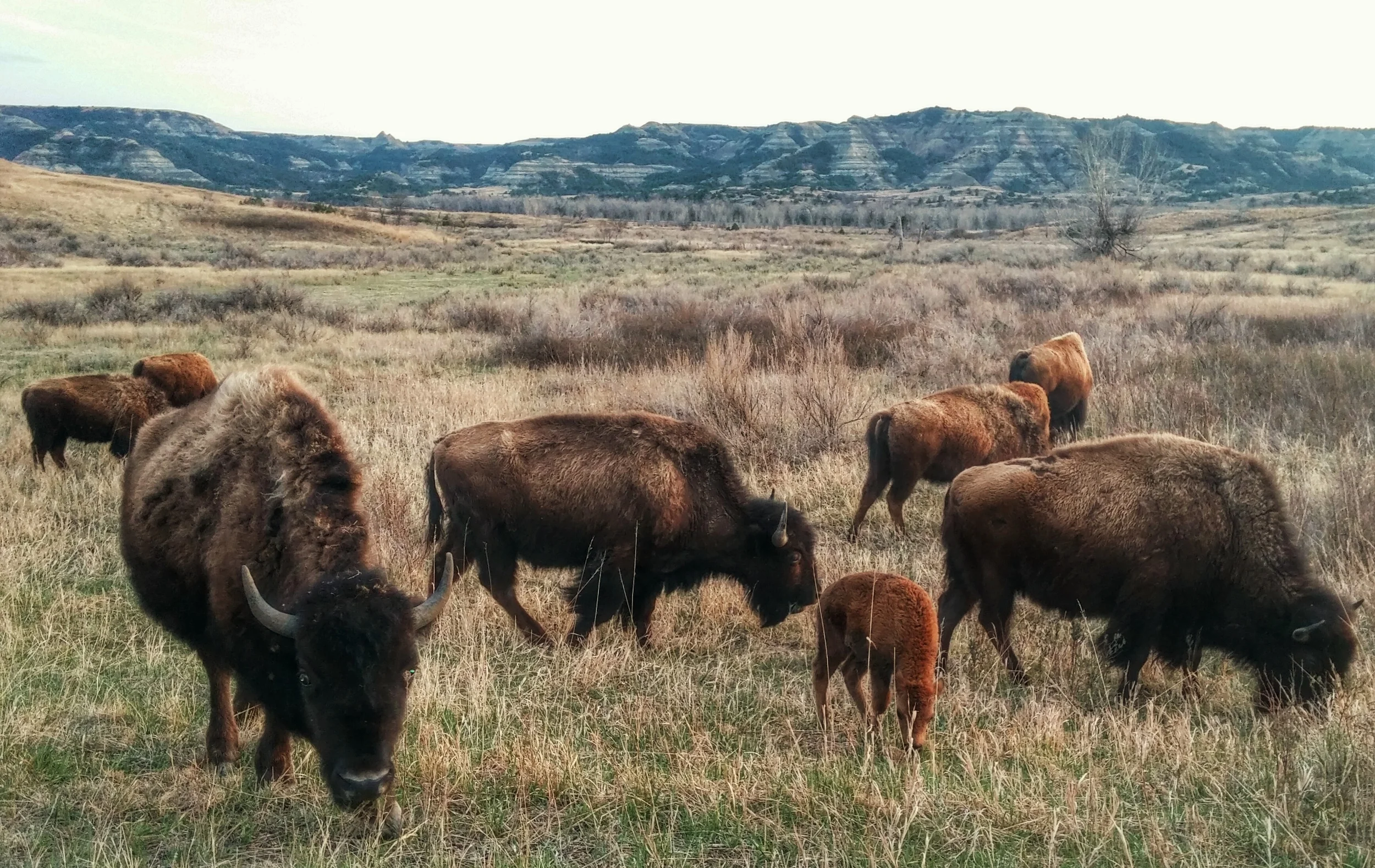BCA invites you to dedicate yourself to a place.
BCA shares a commonality for the shady draws, scoria buttes,
and gumbo flats that center on the heartbeat of the Little Missouri River.
BCA is a family, dedicated to the landscape, its native creatures, and each other:
a band of kinfolk willing to raise our voices for the well being
of those who dare not and those who can not.
BCA hopes you recognize this place and seeks your help.
News
Badlands Conservation Alliance’s 2024 annual meeting was held in Bismarck at the Bismarck Veterans Memorial Public Library on Saturday, November 16th. The event celebrated BCA’s 25th anniversary and featured speaker Michael Barthelemy, Director of Native American Studies at Nueta-Hidatsa-Sahnish College.
Ben Rawlence, a British writer and journalist, has researched and compiled a fascinating look at the seven major trees in six ecosystems of the northernmost forest, the treeline forest.
Your voice matters and this is the time to stand and have it heard! You as BCA members are more critical than ever. BCA will continue to monitor the various threats from oil and gas development, air quality issues around Theodore Roosevelt National Park, water extraction from the Little Missouri Scenic River, and the potential of rare earth mineral mining.
Read more on our blog.


Wild Badlands
Ben Rawlence, a British writer and journalist, has researched and compiled a fascinating look at the seven major trees in six ecosystems of the northernmost forest, the treeline forest.
Your voice matters and this is the time to stand and have it heard! You as BCA members are more critical than ever. BCA will continue to monitor the various threats from oil and gas development, air quality issues around Theodore Roosevelt National Park, water extraction from the Little Missouri Scenic River, and the potential of rare earth mineral mining.
Jay Grantier has been vital to the BCA mission since its very first meeting, in part because he has authentic roots in the North Dakota badlands. His father was a cowboy in the "way back" time when cattle were first making their way to the badlands from Texas.
Farrell spent five years researching and interviewing to write this book. The book is a sociological study of a community where the rich chase beautiful, tax-friendly places and as the author says, “game the system. In most counties in the United States, the population estimates from the census are similar to the number of people claiming residency for tax purposes. Not in Teton County. It has the largest discrepancy between the number of people who actually live there and the number of people who claim to for tax purposes.”







The Badlands Conservation Alliance has begun to put together a White Paper on its concerns about the North Dakota outback, particularly the Badlands. We believe that the people of North Dakota (and beyond) are eager to know just what is at stake in the Little Missouri River Valley in the third decade of the twenty-first century. They want to know what sorts of development threaten one of the most storied and important places in America.